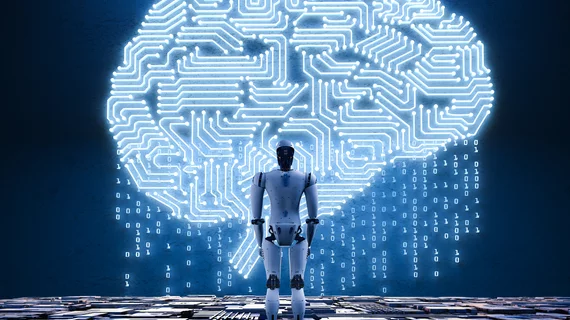Researchers worry that AI could be scaring students away from radiology
Uncertainty around how AI will reshape the radiology profession may be steering medical students away from it.
That’s according to a new survey of healthcare stakeholders, highlighted in November’s European Journal of Radiology. Polling med students, radiologists and surgeons about their perceptions of potential threats to the imaging profession, Swiss researchers found that trainees, in particular, expressed worries about the prospect of how AI may reshape the field.
Out of about 55 students polled on these threats, 26% cited artificial intelligence as why they’re avoiding imaging as their specialty. Their views stood in contrast to those of radiologists, who see machine learning in a more optimistic light.
“Our survey suggests that medical students might be afraid to specialize in radiology because, among other reasons, they seem to fear the unknown future of AI,” Jasper van Hoek, with the University Hospital and University of Bern, Switzerland, and colleagues wrote.
Hoek et al. reached their conclusions through an online poll of 59 radiologists, 56 surgeons and 55 students. The majority of respondents agreed that AI should be incorporated as a support system for the radiology profession. However, they found that students perceived it as much more of a threat compared to the professional side. Meanwhile, radiologists expressed more concern about “turf losses” to other professionals—i.e., cardiologists—who may become more intimately involved in image interpretation in the future.
Other developments like teleradiology and 3D printing were perceived more positively by all parties, the survey found. Many radiologists, for instance, do not feel threatened by remote imaging work, and said they could see themselves doing most of their duties from home in the future.
The survey is limited by its small sample size and confinement to one geography. However, Hoek and colleagues believe it does underline the need to further educate medical trainees about AI and how it will mold radiology going forward. Mastering AI will only increase the radiologists’ sway on the care team, they note, and ambiguity will eventually clear up as providers better understand the intricate liability and ethical issues that accompany it.
“This uncertainty indicates that the future of radiology should be discussed more during medical education, but also among radiologists,” they wrote. “Students might overestimate the dangers of AI to radiology, whereas many radiologists might perceive the future of AI in fact to be more negative than how it is portrayed in most radiological publications on this topic.”
“Such efforts could lead to better education of the students about AI and thus attune them to a more positive view of this emerging technology within the field of radiology,” Hoek and colleagues added.

